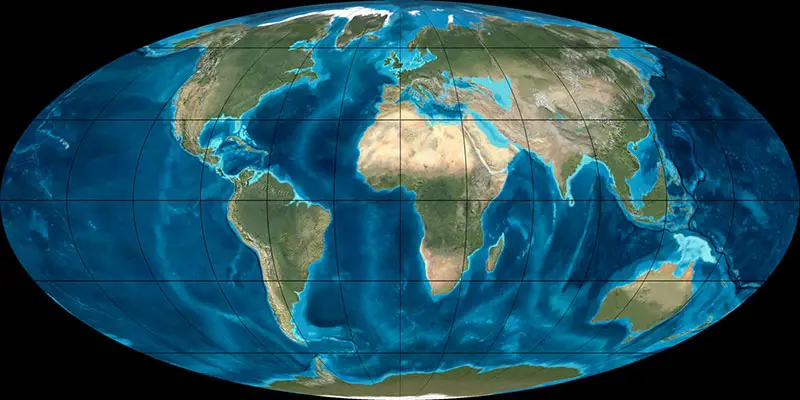†Graecopithecus (Hominidae)
Graecopithecus ist eine Primatengattung innerhalb der Familie Hominidae, deren 4 Mitglieder ab dem frühen Neogen (Miozän) im Tortonium lebten, das vor ungefähr 11,6 Millionen Jahren begann und bis vor 7,2 Millionen Jahren andauerte. Viele Überreste wurden in Türkei gefunden.
| Physiologie | |
|---|---|
| Gewicht: | ? |
| Schwestertaxa | |
Literatur
L. de Bonis, G. Bouvrain, G. D. Koufos 1988, Late Miocene mammal localities of the lower Axios valley (Macedonia, Greece) and their stratigraphic significance. Modern Geology. 13, p. 141 - 147E.S. Gulec, A. Sevim, C. Pehlevan, F. Kaya 2007, A new great ape from the late Miocene of Turkey. Anthropological Science. 115, p. 153 - 158, DOI: 10.1537/ase.070501
M. Böhme, N. Spassov, M. Ebner, D. Geraads, L. Hristova, U. Kirscher, S. Kötter, U. Linnemann, J. Prieto, S. Roussiakis, G. Theodorou, G. Uhlig, M. Winklhofer 2017, Messinian age and savannah environment of the possible hominin Graecopithecus from Europe\r\n. PLoS One. 12:5, p. - 158, DOI: 10.1371/journal. pone.0177347
